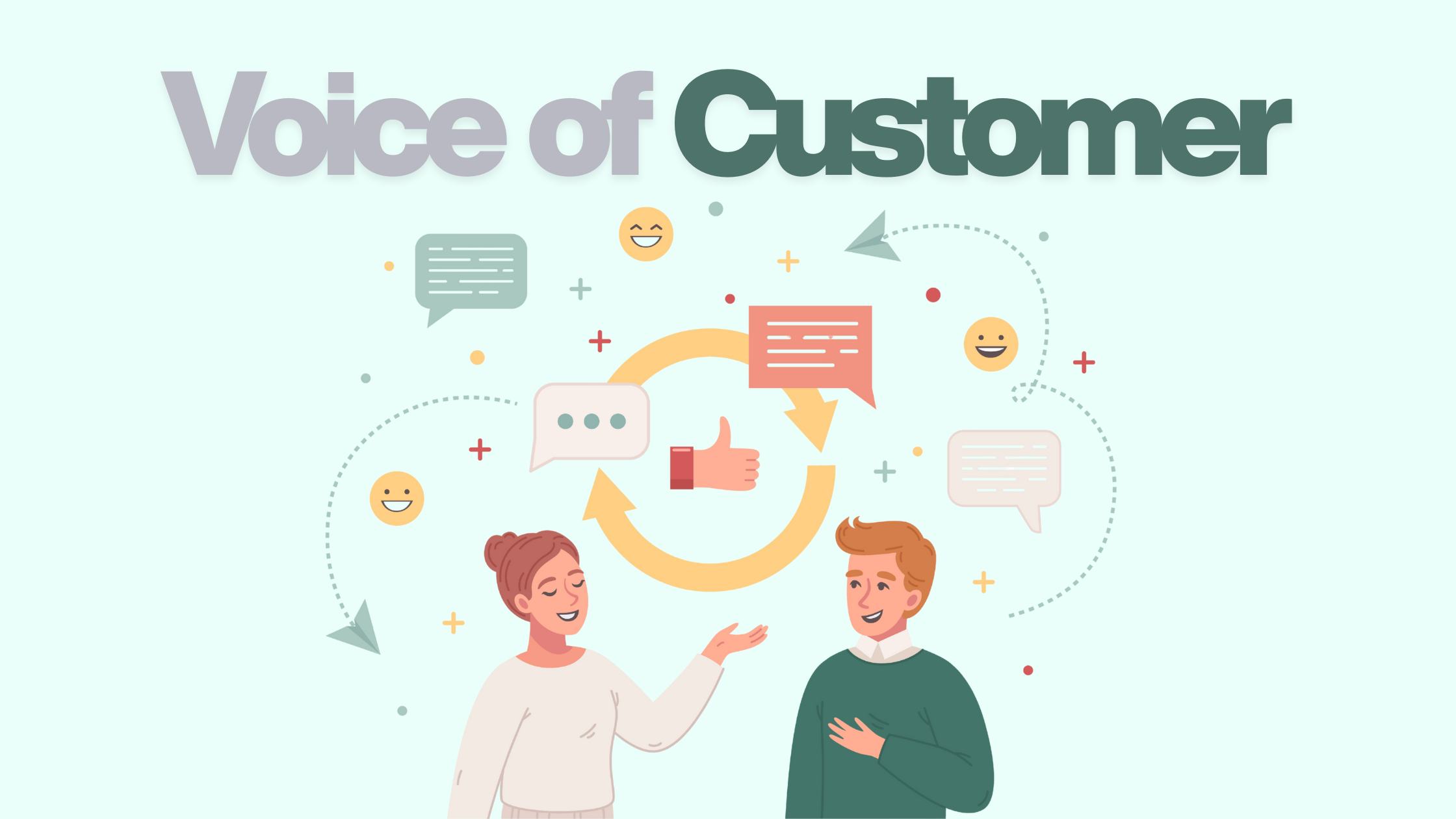Zykrr does not only aim at providing a Customer Experience Management Platform
but also believes in providing an end-to-end solution when it comes to managing the
voice of customers and capturing instant real-time feedback. From designing the
surveys through a DIY Survey Administration module to providing actionable insights
on the same as well as managing any escalations raised by customers through our
efficient escalation management platform, we have it all. We partner with our clients
and strive to make their customer experience journey better every day.
We all know that the key factor that determines the success of an organization is
how its customers feel about it. This is where concepts such as Customer
Satisfaction and Net Promoter Score come into play. All these scores can only be
achieved when the response rates of the surveys are used to calculate the increase.
This is where Zykrr decided to add its expertise. Through this article, we aim to
provide quick suggestions that can help anyone boost their survey response rates.
Before we delve deeper into how we can improve this response rate, it is important
to understand what response rate is. Response rate is nothing but the percentage of
responses you have received on the surveys you have triggered. For example, say
you surveyed 2000 people and 200 people respond, your response rate would be
10%. Ideally, studies show that a good response rate is 50%.
Using Zykrr’s customizable and agile Survey Administration module that lets you
design smart surveys, a promising rise in response rates from 4% to 20% has been
observed.
1. Survey Personalization
By adopting simple techniques that make your surveys more appealing and
interactive, response rates can be increased and more insightful customer feedback
can be fetched. The aim is to make your surveys relevant to the users.
- Understand your target audience and design your surveys with colours and
fonts that resonate with your brand. Don’t forget to add your brand logo.
Remember, each survey rolled out represents how your brand communicates
with your audience. Instead of just using a scoring scale, use colours that
relate to the scores. Green is usually identified with high scores, while red is
associated with lower scores. Using visually appealing colours results in quick
responses. - A great way of interacting with your target audience through these surveys is
by addressing your customers by their first names. An instant feeling of
warmth can be instilled when customers see their name pop up in the opening
message of the survey. With that, we come to the very vital point of having a
short, informative, and warm-hearted opening message for all your surveys.
Make sure to send a thank you message expressing your gratitude after the
completion of your survey. - While framing the opening message, always keep in mind that it needs to be
one with a high impact on the respondents. The message should greet the
respondents warmly and inform them of the purpose of the survey. - Conversational and comprehensible surveys show higher response rates. The
easiest way to do this is by adapting the survey to your customers’ preferred
language.
A quick example could be: “Mr. John, we appreciate your willingness to
provide feedback for your last store visit.” Your feedback is extremely valuable
to us”.
Zykrr’s survey administration module focuses on just constructing surveys but
smart questionnaires with relevant questions that have an impact on your
response rates. - Apart from keeping your surveys simple and sweet, additionally, an innovative
technique to increase response rates is to gamify your surveys such as quick
tasks or quizzes to make them more interactive.
2. Choose the Right Channels of Distribution
Survey links can be distributed through various channels, but the most effective
channel has to be decided upon. A quick way of doing it is by analyzing your target
audience. If you feel your respondents spend more time on their desktops/laptops,
choose email as the path of distribution, while if your respondents mostly belong to a
younger crowd, go with social media platforms. Messaging apps such as WhatsApp
are mostly used by all. In fact, given how we have replaced traditional SMSs with
WhatsApp, it is more likely that surveys sent over WhatsApp will capture more
feedback.
Needless to say, opening messages for surveys sent over e-mail should be impactful
and crisp. Subject lines should be carefully considered because only when they elicit
excitement in your respondents will they open and read them.
Some catchy subject lines, such as “You’re invited” or ” Let us fix your issue” may
invoke desired excitement.
3. Art of Framing Questions
What sets your survey apart is how you frame your questions so that they are more
targeted toward your audience rather than going ahead with a generic NPS question.
In most surveys, the NPS question asks ” how likely are you to recommend our
brand to your friends and colleagues?”
The smarter way to do this is by asking “Considering your (recent) purchase/ feature
experience, how likely are you to recommend (company/product name) to someone
sharing the same interests/ similar business challenges?”
If you closely observe, you’ll see how the following NPS question is more directed
towards a specific target audience. Personalizing such questions makes your
surveys only more customer-centric.
Open-ended questions are a great way of understanding the additional sentiments of
your customers towards your brand. While a generic ” Tell us more about how you
feel about our brand” is a common way of gathering such feedback, it is often left
unattended by the respondents. The primary reason for this could be that these
survey links might not be delivered on a real-time basis. Therefore, by the time they
provide the feedback, the urge to suggest more changes to your product or service
or appreciate the same, fades out. A quick solution to this could be to direct the
customers on how to answer these open-ended questions. Framing the questions as
“What was missing in your experience with us?”
or “feature/product do you value the most?” are effective ways of triggering your
customers in the right direction.
While capturing maximum responses is the primary focus, segmenting your
customers and choosing only those responses that are impactful, is equally
important.
4. Value your customers’ Time
Being considerate of its customers is a prerequisite for all organizations. They value
your service only when you value their time. By valuing their time, we mean avoiding
sending surveys during important or billable hours of the day, particularly during the
beginning and end of the month. Avoid over surveying your customers. Also, note
the preferable time when you receive the maximum responses and auto-schedule
surveys accordingly. The first survey should be rolled out within 24 hours to 48 hours
of your customers’ interaction with your
organization. A survey too early could be disadvantageous, the reason being that it
takes some time to understand the impact of your offerings.
A general practice that we often miss out on is to pre-notify the customers of the
forthcoming survey. Studies show that pre-notification creates a positive awareness
amongst your prospective respondents, thereby increasing the response rates.
Sometimes these emails and messages end up in spam folders. Using a dedicated
IP address and by incorporating SPF and DKIM into your DNS (Domain Name
System) settings, you inform the email receiver that you have an authorized NPS
provider, providing surveys on your behalf. This mitigates the chances of your emails
landing in spam folders, although your DNS and IP address are different. DKIM
(Domain Keys Identified Mail) and SPF (Sender Policy Framework) are email
authentication methods that verify the security of the senders.
5. Safeguarding Your Customers’ Details
To personalize the surveys, a lot of customer details have to be stored and used as
metadata fields. Remember, these details are extremely confidential and need to be
protected at all times. Ensure that you allow your customers to make changes to
these details on your survey. They could either wish to save the details permanently,
make changes to the existing details or delete the same information. In no way
should they feel obligated to share their personal information with your organization.
This is a critical step to building trust between them and your brand.
Following all these best practices will surely help in garnering maximum feedback
and increasing response rates substantially.





















